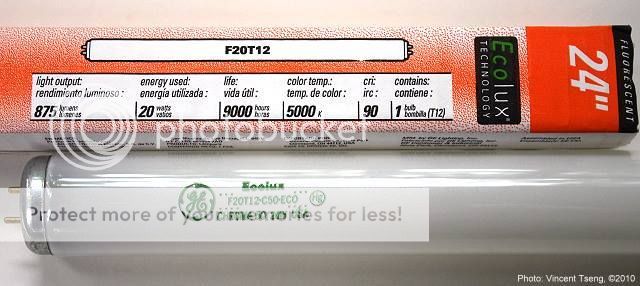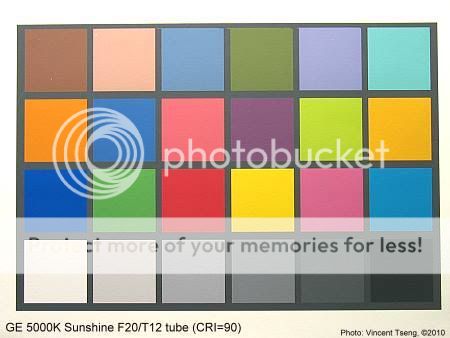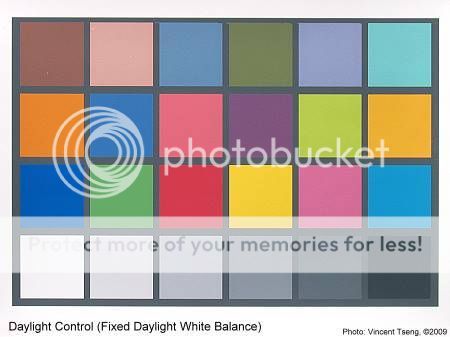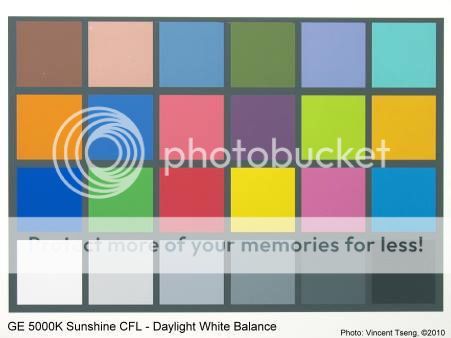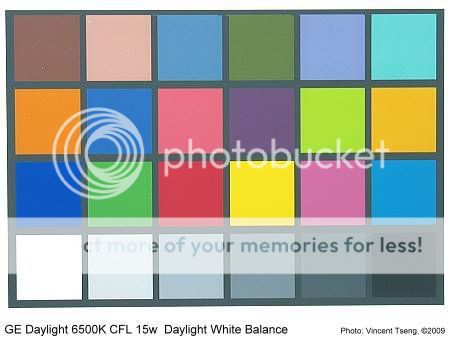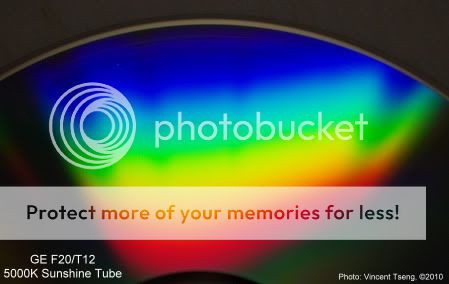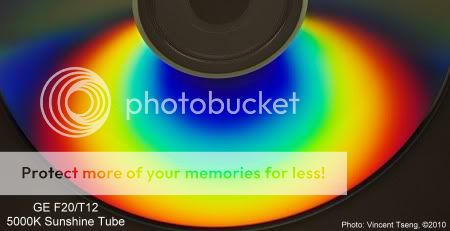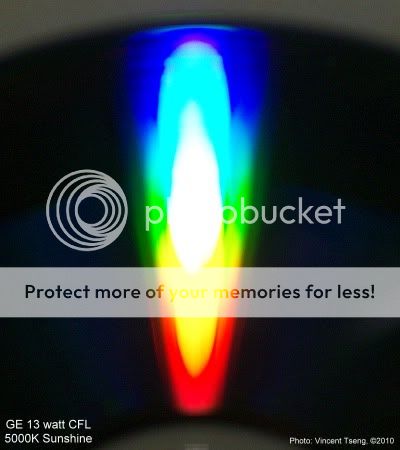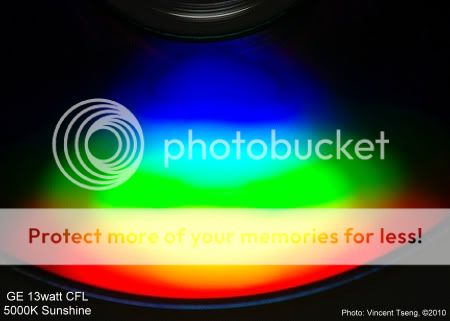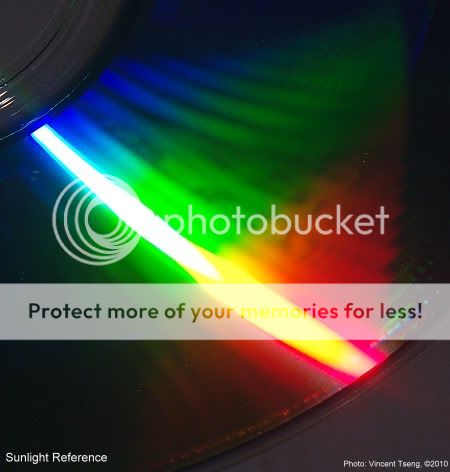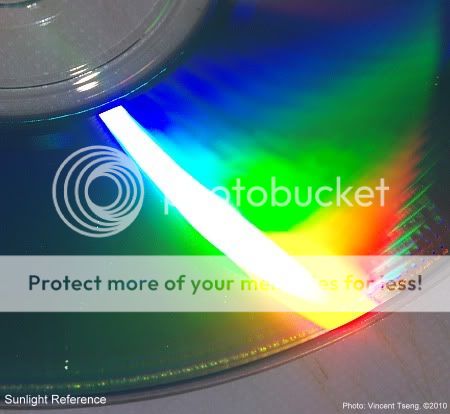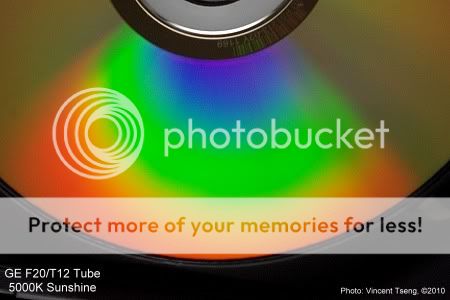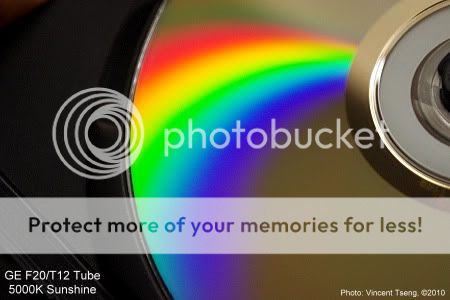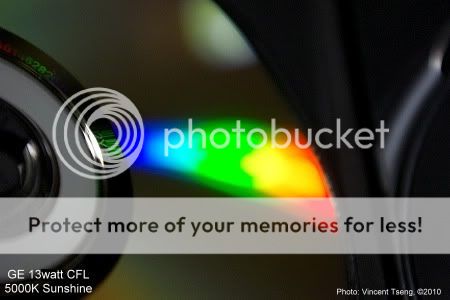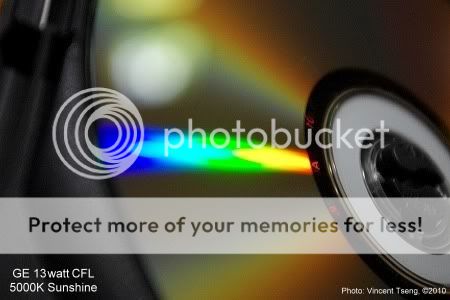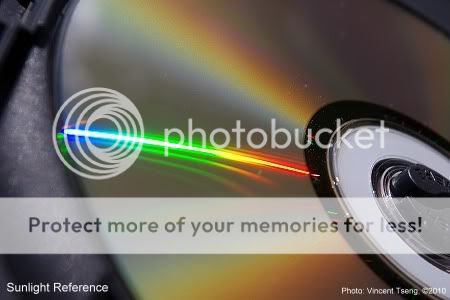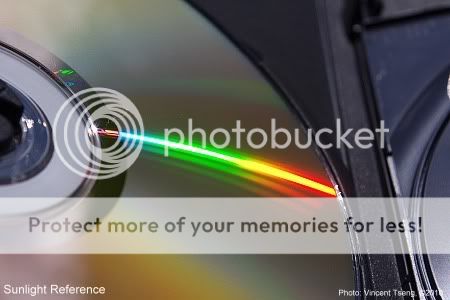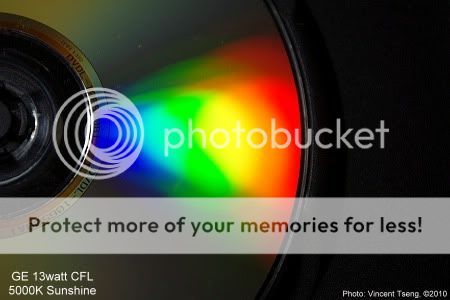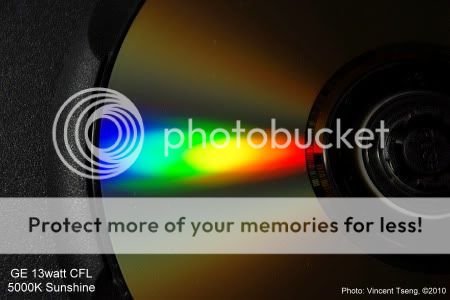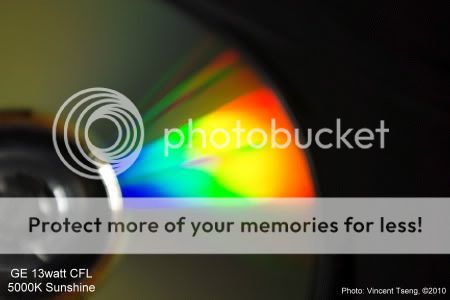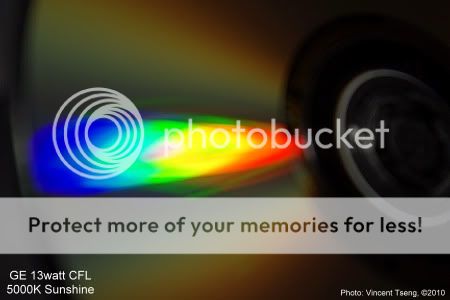What's a "Macbeth tube"? Can you post the specs and SPD?
Why not buy one Gretag-MacBeth tubes test it yourself? It's the only tube on the market I'm aware of worth the effort in light boxes. None of the other tubes you mention were advised by us via Kodak nor X-rite's engineering depts for critical color matching. Good for over the floor at 'The Gap' and J.C. Penny's though. Spend a few hundred hours looking at 8x10 trannies and you start to get fussy with tubes.
The usefulness of CRI is debated. The Ra8 system only concerns how well it renders standard eight colors.
Which is why MacBeth charts are so pointless for this. Also, MacBeth charts were rather useless for film use as exhibited by the fact that chemical based mini-labs in the past never gave you prints with consistent color balances, but were capable of printing consistent 8-point patches. A MacBeth chart is a compressed (low gamut) 2-D splice of a 3-D matrix, and given the terrible non-linearity of color film to begin with it was futile. The only reason Macbeth charts are used to compare digital sensors is because
unlike film, digital sensors are highly linear to begin with.
If its just about spec numbers, the Philips 950 lamps are rated CRI 98
Sir, you can rave about the Philips all you want, but it's not that high, and the 98 spec is an 'Advertised' spec. The high CRI phosphor mixes used in similiar tier bulbs are all fairly close due to manufacturing reasons. Nobody drops a 98 CRI phosphor mix in a tube and sells it at the same price. Westinghouse and Philips both make a higher CRI / lower Lux tube, but it's not 98 CRI by the same standards everybody else is playing with.
Also, if the Philips is 98 CRI' then a cool-white Cree is 85 and a Solux 100 by that measured standard. If the Philips is indeed a '98' CRI bulb, why is it's color rendition inferiour to a 98 CRI Solux? If the sun is 100 CRI, and the Philips is 98, then I have to conclude you don't get outdoors much.
This claim by Philips is yet another example of why the current CRI
standard is out-dated and manipulated by manufactuers. Fluorescent tubes for example are almost entirely devoid of red beyond the same peaks as most LEDs, but tubes like the Philips are given a 98' CRI mark?
Continuous spectrum lamps have broad emission spectrum including ranges our eyes are not very sensitive to,
Such as? Do explain what Spectrum between 450nm and 650nm our eyes aren't sensitive to.
The difference between cont. and multi-phosphor lamps is that multi-phosphor lamp is designed to focus their output to primary colors
Define 'primary color', and tell me where the vote took place to declare what a 'primary color' was? MacBeth has their standard, Pantone has theirs...Sony has another. The 'primary colors' used in fluorescent lamps are the specific phosphor peaks used by that industry. Filling in the gaps to better include CRI plots might be your definition of 'continuous spectrum', but it's not mine.
Again, unlike a high CRI incan source like a Solux which filters out the remaining bands, your 98 CRI Philips still has the same peaks as it's cheaper cousins, just not as pronounced or in as spatialy distributed bands to get peak perceptual lumens. However, if you're working with a color that happens to be sitting near one of those peaks, CRI drops off dramatically.
There
is no such thing as a continuous spectrum fluorescent. They all have significant peaks which are ignored for marketing reasons. Yes, there has been significant leveling with better multi-phosphor technology, but the spikes are still there.
The Sunshine CFL is Energy Star rated. If it was to be made using Chroma 50 phosphor, it will not meet the efficiency requirement to get the stamp.
Just for the sake of arguement, I've ran into several sites claiming the Chroma 50 is the same phosphor as the CFL Sunshine. I personally don't care, but unless you personally work for GE why should I take your word over theirs? Also, the Energy Star cert is not applied evenly, but only on specific bulbs and appliances submitted for approval.
This is the 5000K CRI 98 Philips 950
This your personal test? Again, spectral graphs I googled for the Philips look nothing like the chart you displayed and sure as heck don't show much spectral energy beyond orange-red. However, your chart shows pretty strong spectral energy beyond 650nm, which is next to impossible. Matter of fact, the spectral graph you displayed for the Philips looks suspiciously like it was taken with a PAR weighted meter because of the double humps.
This may seem like I'm picking on the Philips, but only in the sense it's trying to
market it's way from the rest of the pack when the tubes are likely made in the same plant in China alongside GE and Westinghouse tubes in the target tier.








